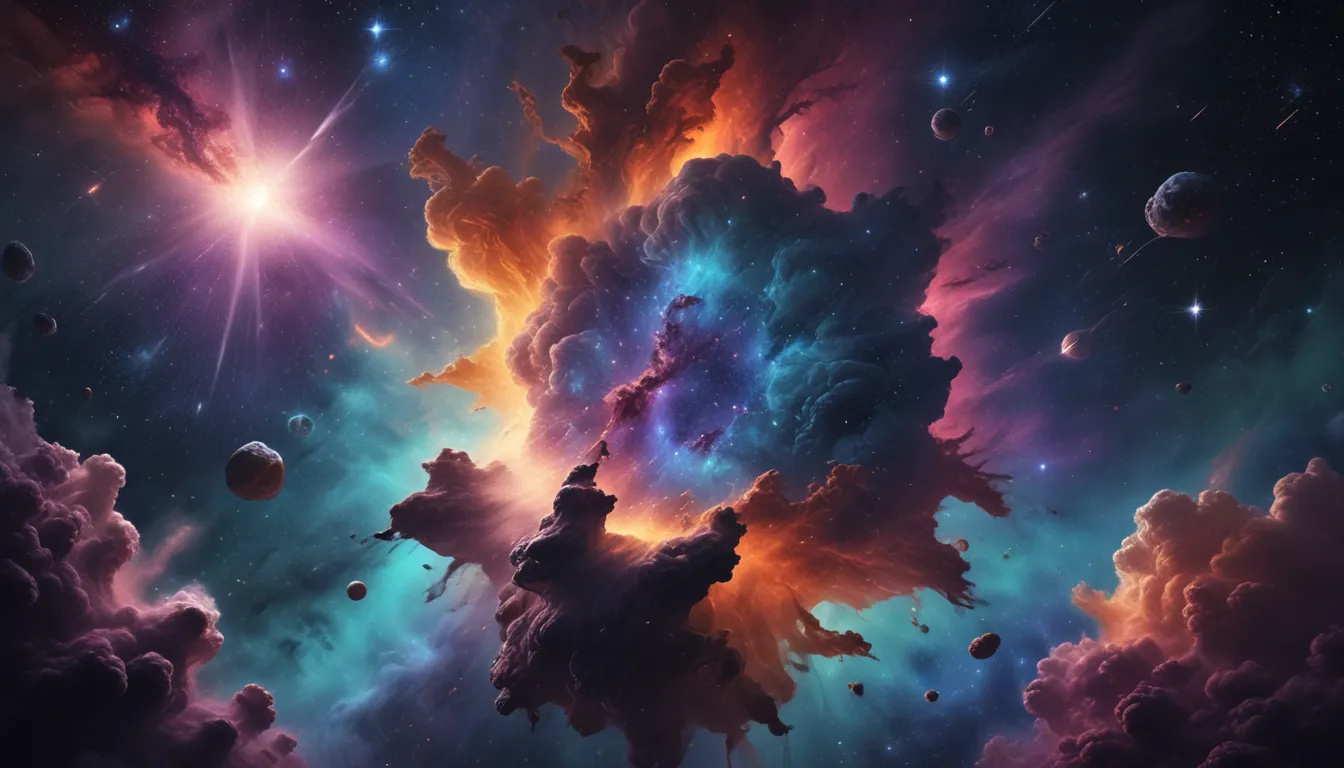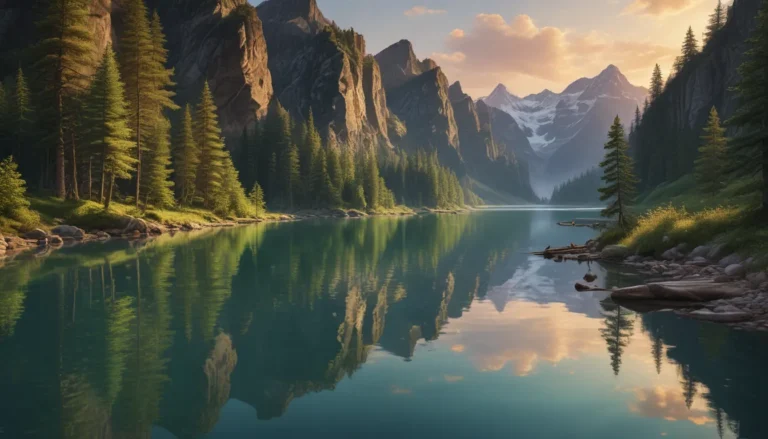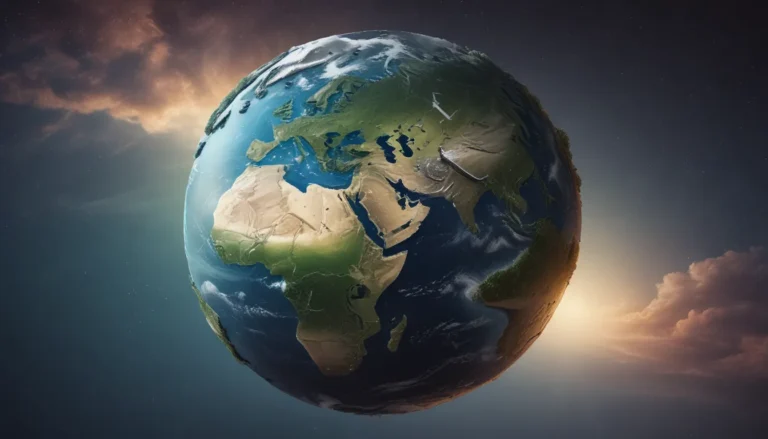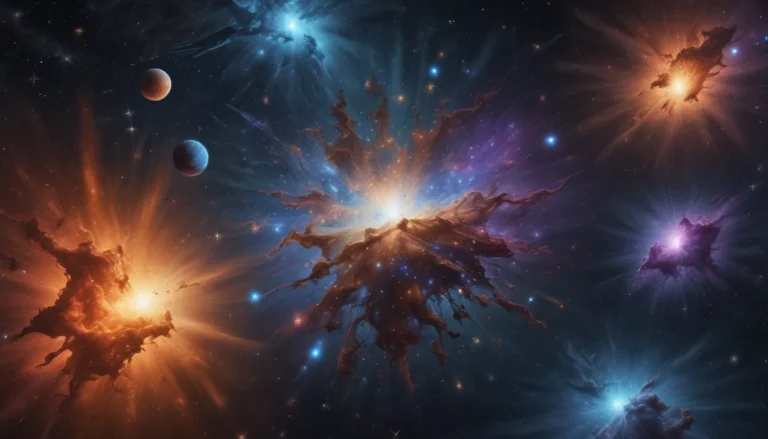The pictures we use in our articles might not show exactly what the words say. We choose these pictures to make you interested in reading more. The pictures work together with the words but don’t take their place. The words still tell you the important facts.
Have you ever gazed up at the night sky, captivated by the shimmering colors and intricate patterns of nebulas? These cosmic wonders, known for their stunning beauty and mysterious origins, have fascinated astronomers and stargazers for centuries. In this article, we will embark on a fascinating journey through the diverse types of nebulas, uncovering 12 astonishing facts that will deepen your understanding of these celestial marvels.
Unlocking the Mysteries of Nebulae
Nebulae, vast clouds of gas and dust scattered throughout the universe, come in a variety of types, each with its own unique characteristics and significance. From emission nebulae that glow with their own light to planetary nebulae formed from dying stars, the world of nebulas is as diverse as it is mesmerizing.
Nebulae: Cosmic Clouds of Wonder
Nebulae are expansive formations composed of elements like hydrogen, helium, and ionized gases. These cosmic clouds can be found in different shapes and sizes across the universe, captivating observers with their ethereal beauty.
The Different Types of Nebulae
There are several distinct types of nebulae, each with its own defining features and origins. Emission nebulae, reflection nebulae, planetary nebulae, and supernova remnants all contribute to the rich tapestry of celestial phenomena in our universe.
Unveiling the Inner Workings of Nebulae Types
- Emission Nebulae: These nebulae are primarily comprised of ionized hydrogen gas that emits its own light when energized by nearby stars or stellar explosions. The iconic Orion Nebula serves as a shining example of this type.
- Reflection Nebulae: Unlike emission nebulae, reflection nebulae do not emit light but instead reflect the light of nearby stars, resulting in a radiant blue glow. The Pleiades is a well-known reflection nebula in the night sky.
- Planetary Nebulae: Formed when certain stars reach the end of their lifecycles, planetary nebulae are characterized by the shedding of outer layers, creating a luminous shell of gas around a central core. The Ring Nebula in the constellation Lyra is a striking example of this phenomenon.
- Supernova Remnants: These nebulae emerge from the remnants of massive stars that have undergone violent supernova explosions, leaving behind expanding shells of gas and remnants of the original star. The Crab Nebula, born from a supernova event in 1054 AD, is a renowned supernova remnant.
Nebulae and the Stellar Cycle
Nebulae play a pivotal role in the formation of new stars within the cosmos. Through the gravitational collapse of gas and dust within these vast clouds, dense regions known as molecular clouds emerge, eventually collapsing under the force of gravity to give rise to newborn stars.
The Iconic Hubble Space Telescope and Nebulae
The Hubble Space Telescope, with its unparalleled capability for capturing high-resolution images, has provided scientists and enthusiasts alike with breathtaking views of nebulae. These detailed images offer valuable insights into the intricate structures and vibrant colors of these cosmic wonders.
Size Matters: Exploring the Vastness of Nebulae
Nebulae vary significantly in size, ranging from just a few light-years across to hundreds of light-years in diameter. Some colossal nebulae, such as the Orion Nebula, are even visible to the naked eye from Earth, further inspiring wonder and awe in observers.
Nebulae: A Timeless Source of Inspiration
For centuries, the mesmerizing beauty of nebulae has captivated human imagination, serving as a muse for countless works of art, literature, and scientific exploration. Their enigmatic allure continues to spark curiosity and fascination about the infinite expanse of the universe.
Conclusion: A Universe of Wonder Awaits
As we conclude our exploration of nebula types, we are left in awe of the vastness and intricacy of these cosmic phenomena. From the birth of stars within their swirling clouds to the dazzling colors that adorn their celestial canvas, nebulae offer a glimpse into the limitless wonders of the universe. Delving into the mysteries of nebula types not only expands our knowledge of outer space but also kindles our imagination about the boundless marvels that lie beyond our terrestrial realm.
FAQs: Unveiling the Mysteries of Nebulae
- Q: What is a nebula?
- A: A nebula is a vast cloud of gas and dust in space, composed of elements such as hydrogen, helium, and other molecules.
- Q: What causes the colorful appearance of nebulae?
- A: The vibrant hues of nebulae result from the emission, reflection, and scattering of light by the gas and dust particles within them.
- Q: How are nebulae formed?
- A: Nebulae form through the gravitational collapse of interstellar clouds triggered by events like supernovae explosions or interactions between neighboring stars.
- Q: What role do nebulae play in the formation of stars and planets?
- A: Nebulae are crucial in the formation of stars and planets, as the gravitational collapse of a nebula leads to the birth of protostars that evolve into stars, while providing raw materials for planetary formation.
- Q: Can all nebulae be seen with the naked eye?
- A: Not all nebulae are visible to the naked eye, as some may require telescopes or binoculars for observation, while others are distinctly visible in the night sky.
- Q: Do nebulae exist beyond our galaxy?
- A: Yes, nebulae exist in other galaxies across the universe, showcasing the universal phenomenon of stellar birth and evolution beyond our Milky Way.
Intriguing and captivating, the realm of nebula types invites us to delve deeper into the mysteries of outer space, expanding our horizons and nurturing our sense of wonder. As we continue to explore the cosmos, let the allure of nebulae serve as a reminder of the endless beauty and complexity that surrounds us in the vast expanse of the Universe.






